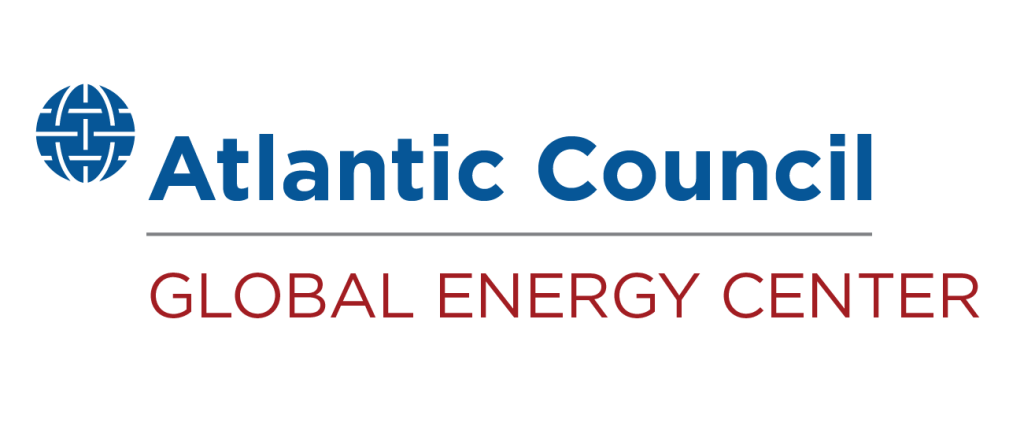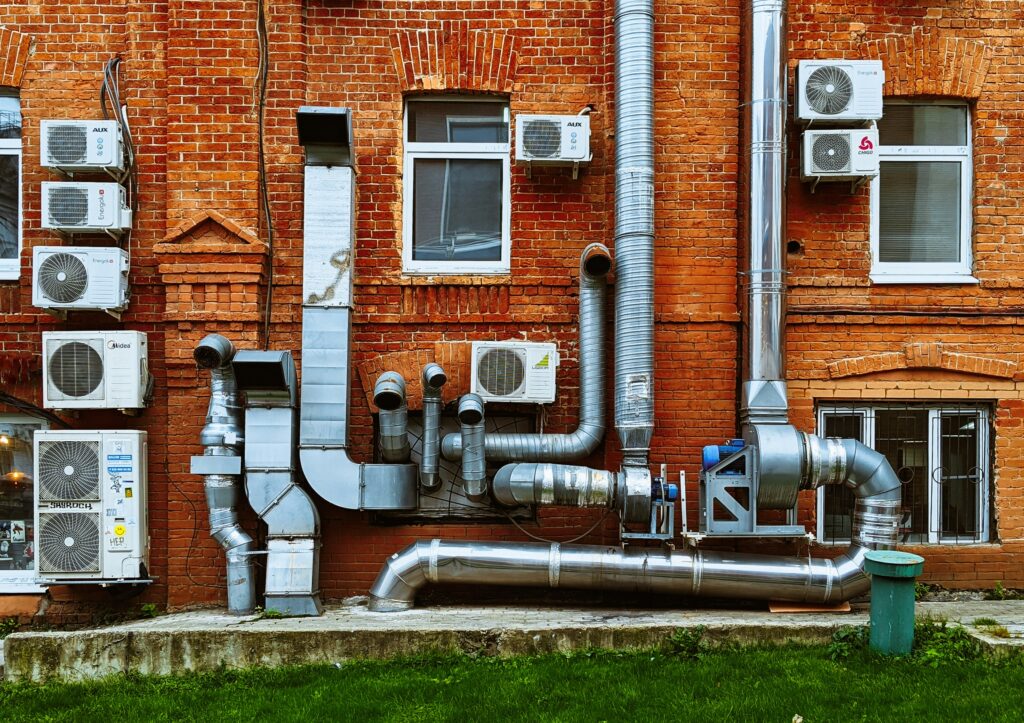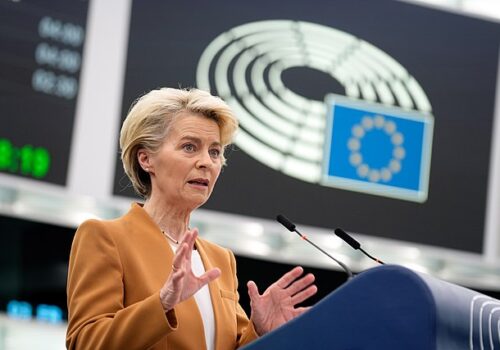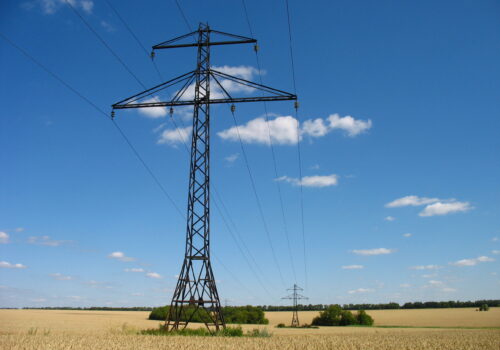For decades, European policymakers have defined energy security primarily as maintaining heat during winter. From strategic gas reserves to household subsidies, systemic, top-down responses have shaped the continent’s heating strategy.
But a new threat is emerging. The record-breaking heat wave sweeping across Europe is disrupting daily life, energy systems, and health services, exposing how unprepared Europe remains for summer extremes that are becoming longer, hotter, and more frequent.
STAY CONNECTED
Sign up for PowerPlay, the Atlantic Council’s bimonthly newsletter keeping you up to date on all facets of the energy transition.
A haphazard approach takes its toll
Unlike heating, Europe’s approach to cooling has been chaotic, fragmented, and inequitable. Air conditioning has spread rapidly, but mostly in wealthier households or commercial spaces. Many of these systems are inefficient, poorly maintained, and installed in under-insulated buildings, adding strain to the grid.
Cooling was never a strategic priority for Europe. Whereas the continent has coordinated heating networks, subsidies for fuels like natural gas, and extensive regulatory frameworks that ensured broad-based access to heat, cooling emerged largely in response to individual discomfort. It arrived household by household and office by office, not through systemic planning. As a result, the systems that serve Europe’s cooling needs are largely unregulated, technologically outdated, and inequitably distributed.
Confounding variables deepen the energy trilemma
Cooling is emerging as a more complex challenge than heating. Electricity demand during heat waves doesn’t just spike for a few hours—it stays high for days, or even weeks. Meanwhile, droughts reduce hydropower generation, while both low flows and warm river water can’t cool nuclear reactors—recently hampering output in France and Switzerland. Heat waves can also disrupt coal or gas; in Germany, low river levels left coal ships stranded, severing fuel supply to power plants.
Grid infrastructure is affected too. Wildfires have damaged grid components, and when transformers and cables overheat, maintenance becomes more difficult, making blackouts more likely.
These are not isolated events; they are part of a growing pattern of compounding risks triggered by extreme heat. Such systemic shocks impact not only energy security, but also the remaining two dimensions of the energy trilemma.
On affordability, prolonged high demand for electricity drives up power prices. That hurts low-income households the most—especially those who can’t afford efficient cooling systems or are stuck in energy-leaking buildings. Meanwhile, businesses incur mounting operational costs, adding economic friction during peak summer activity. Energy poverty, once viewed mainly through the lens of winter heating, is now a summer concern too.
On sustainability, the picture is equally bleak. During heat waves, renewable generation alone is insufficient to meet increased demand, so utilities fall back on coal and gas. For some European Union (EU) countries, this means Russian fossil fuels—precisely the dependency the bloc is trying to escape. The rise in summer gas-fired power generation also coincides with the period when EU member states are replenishing their gas storages for winter, creating a double strain on gas markets and upward pressure on prices. The environmental costs stack up in a vicious cycle: higher temperatures drive power demand, fossil generation meets it, and emissions climb.
Policy gaps leave serious risks unaddressed
Despite the clear and growing risks, the EU lacks a comprehensive strategy to address cooling. The recent European Clean Industrial Deal doesn’t recognize the distinct challenges posed by rising cooling demand. Its associated Action Plan for Affordable Energy does make reference to a heating and cooling strategy that aims to increase energy efficiency and decarbonize the sector, but nothing specific is mentioned on how to ensure clean, reliable, and affordable cooling across Europe.
However, the EU has taken initial steps to integrate cooling into its building policies. The recently revised Energy Performance of Buildings Directive, adopted in 2024, includes provisions that recognize the growing importance of cooling. While these elements are welcome, they remain largely embedded in the broader framework of building renovation and energy efficiency—still falling short of a dedicated, systemic strategy to address cooling as a pillar of energy security.
This policy gap is particularly dangerous given Europe’s industrial ambitions. The EU wants to lead in cleantech, reshoring production and building strategic autonomy in energy-intensive sectors. But cooling affects industrial competitiveness as well. Extreme heat disrupts manufacturing and supply chains, burdens logistics, and exposes companies to volatile power prices. Without resilient cooling infrastructure and reliable energy supplies, Europe’s industrial transition risks stalling.
The absence of a cooling strategy is also a missed opportunity for innovation. Smarter, cleaner alternatives already exist: district cooling networks, passive building design, heat-resilient urban planning, and next-generation thermal storage. These technologies can reduce peak electricity demand, cut emissions, and improve equity, but they require regulatory support and investment. Market forces alone won’t drive their adoption quickly or at scale. Keeping Europeans cool without driving up costs will require a balanced mix of smart policy, efficient technology, and public awareness.
A coordinated approach requires multi-level financing
Financing these solutions remains a challenge. Because cooling has cross-cutting impacts across electricity generation, grid stability, building standards, and public health, funding responses must be multilayered and coordinated. At the EU level, accelerated support for electricity grid infrastructure and clean, reliable generation remains essential. Equally important, member states will need to mobilize both public and private capital to rapidly improve energy efficiency, particularly in older buildings. New developments should be supported by planning frameworks that encourage district and building-level cooling systems from the outset. At the same time, funding—whether from existing or new EU mechanisms—must also help replace outdated and inefficient air conditioning units with modern, climate-friendly alternatives. Finally, consumer-led initiatives and digital tools that empower households and businesses to monitor, manage, and reduce their cooling consumption will be critical to ensure systemwide resilience.
Europe must act decisively, just as it has systematized its approach to heating. That means setting binding energy efficiency standards for both equipment and buildings, accelerating the deployment of building-integrated solutions over room-by-room fixes, and directing targeted investment into grid modernization and climate-resilient energy infrastructure. It also means embedding cooling into broader adaptation strategies, treating it not as an auxiliary issue but as a frontline energy security matter.
Cooling is not a privilege. It is fast becoming a cornerstone of public health, economic stability, and geopolitical security. A Europe that fails to prepare for extreme heat will find itself in crisis after crisis—burning more fuel, spending more money, and drifting further from its climate and energy goals.
Andrei Covatariu is a nonresident senior fellow with the Atlantic Council Global Energy Center.
MEET THE AUTHOR
RELATED CONTENT
OUR WORK

The Global Energy Center develops and promotes pragmatic and nonpartisan policy solutions designed to advance global energy security, enhance economic opportunity, and accelerate pathways to net-zero emissions.
Image: A building with a bunch of pipes on the side of it (Vadim Babenko, Unsplash)https://unsplash.com/photos/a-building-with-a-bunch-of-pipes-on-the-side-of-it-IUuVB1nLsQU?utm_content=creditShareLink&utm_medium=referral&utm_source=unsplash






